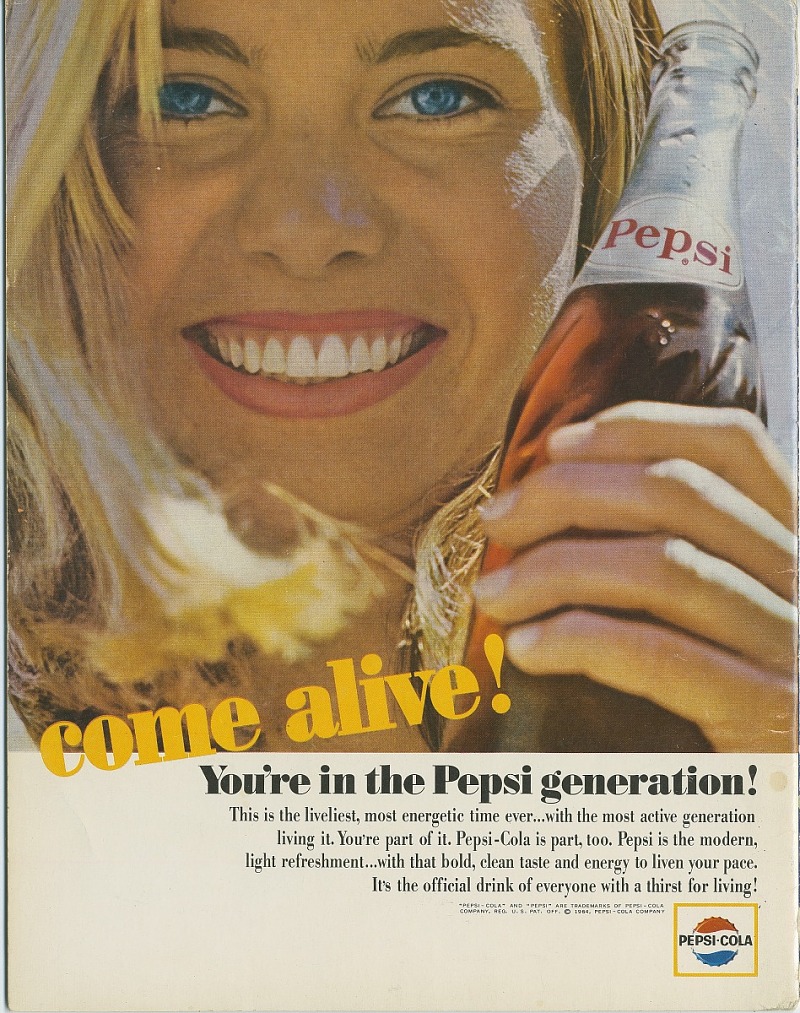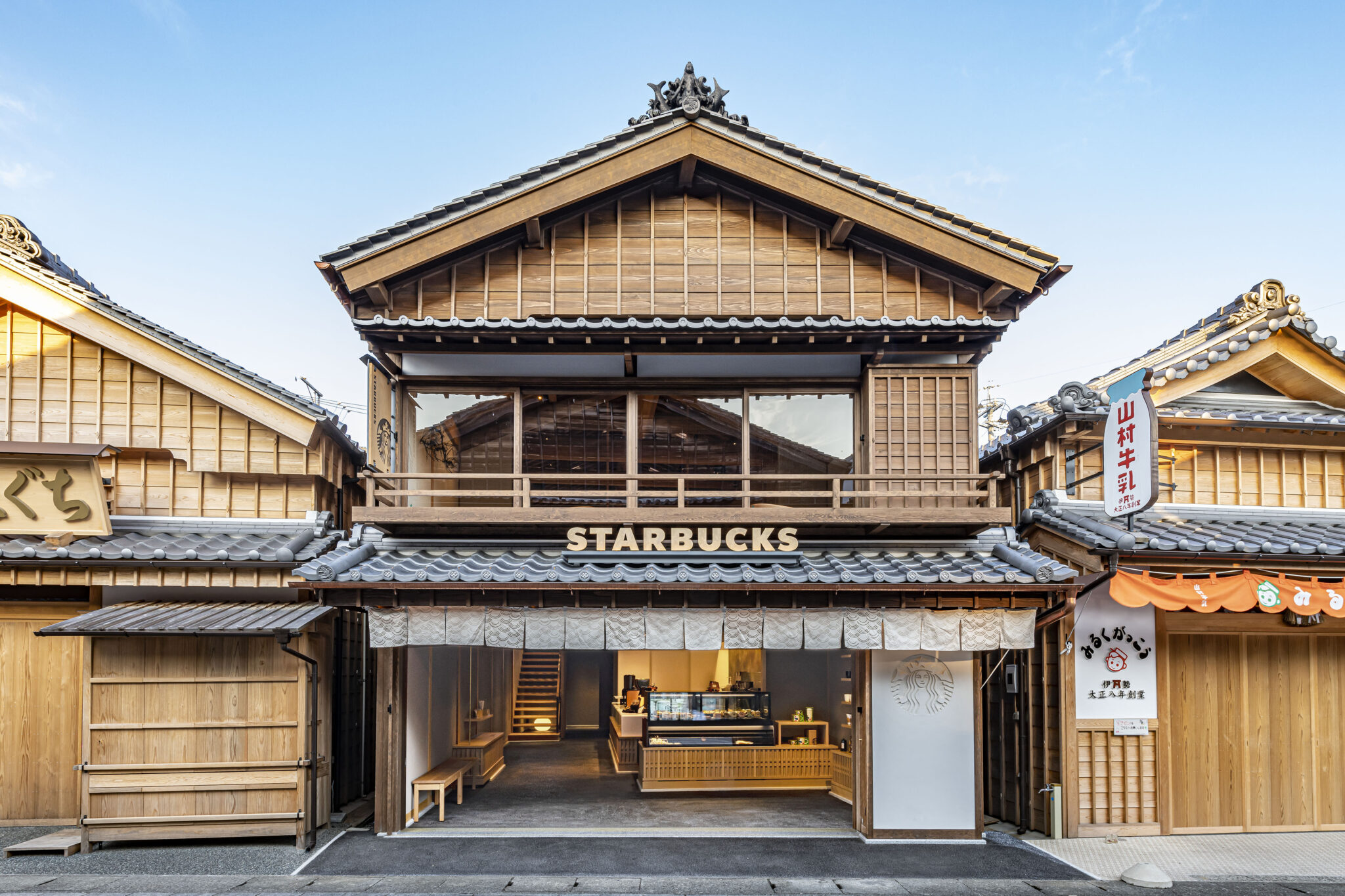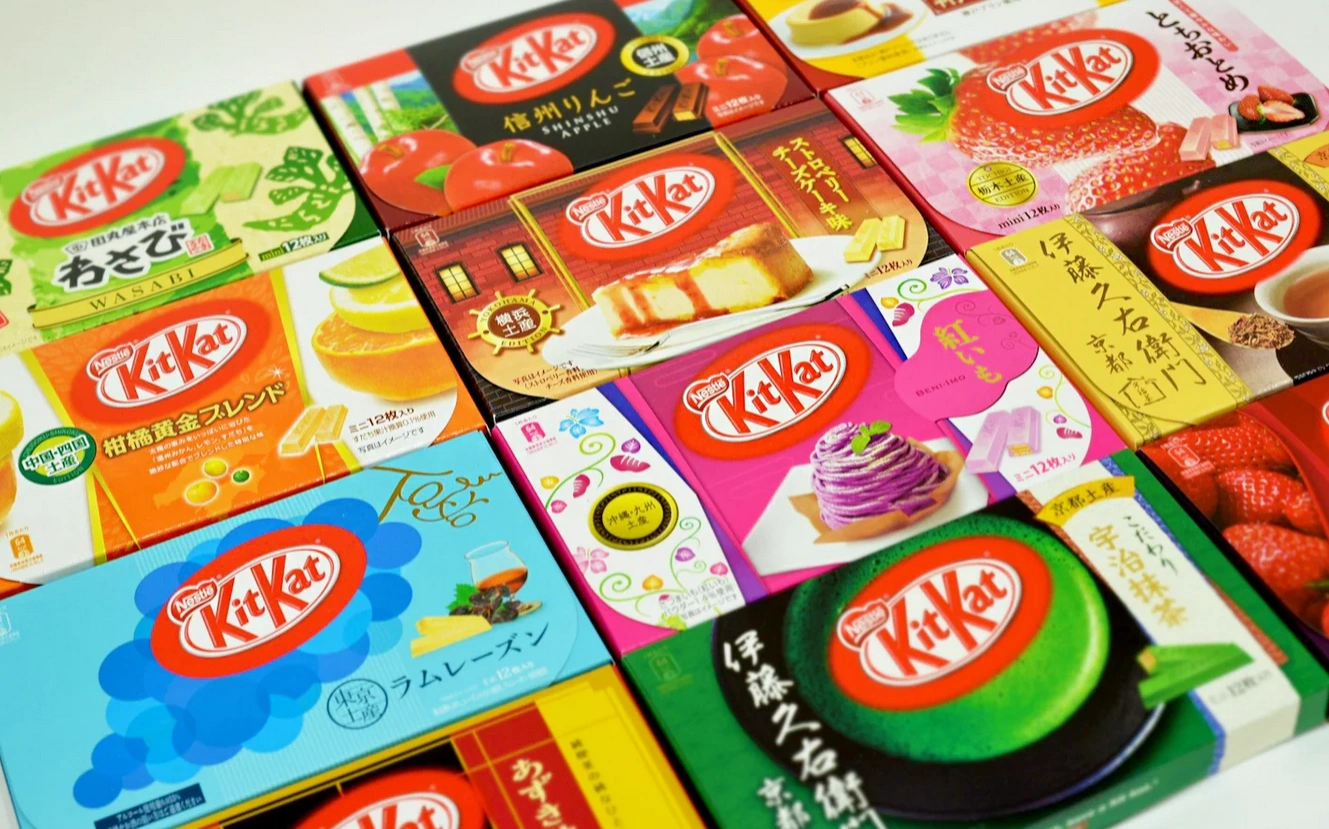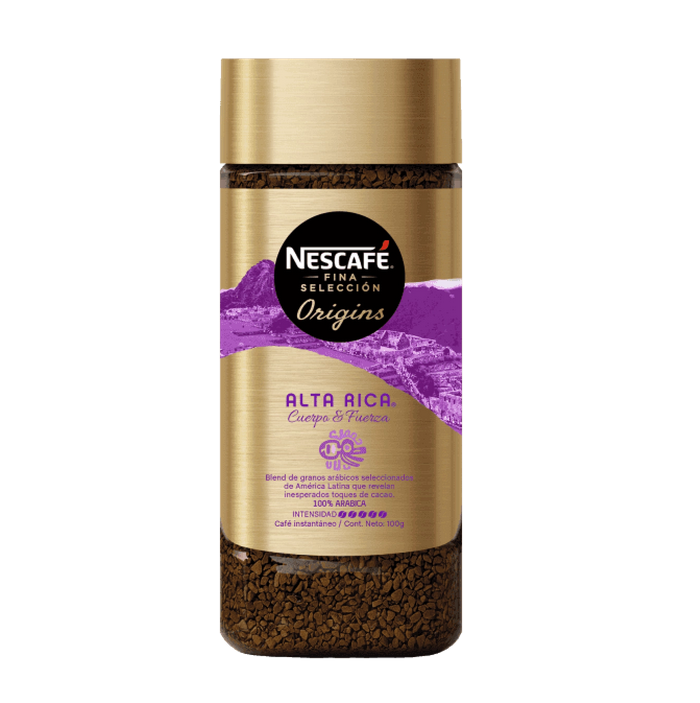Entering new markets presents a significant challenge, even for the top global brands. Many assume that their international success guarantees acceptance everywhere. But the reality is more complex than simply translating your brand messaging to local languages.
You must first understand the cultural complexities—local tastes, traditions, values, and behaviors—before introducing a brand that resonates with your new markets. Investing in brand localization is crucial if you want to win people over.
Definition of Brand Localization
Brand localization involves adapting a brand's messaging, language, and products to fit the local market while maintaining its core identity. While your target market in countries A and B may share similarities, they can vary regarding regional language, customs, values, and other factors. These significantly impact how you communicate with them to increase customer engagement and build a genuine connection.
No, brand localization is not only translation
It's an end-to-end process that aims to understand the market as a whole to shape effective brand strategies. Among the scope of successful brand localization include:
- Product Adaptation: A brand modifies the size, ingredients, or even how the product works to match what people want or need. Things that are okay in one country might be banned in another.
- Marketing and Messaging Adaptation: Companies ensure the message sounds natural in the local language instead of merely translating words. Cultural complexities are considered to avoid offending people. Doing so demonstrates how much a brand understands and cares for its market.
- Customer Experience Adaptation: Brand localization ensures customer support is offered in the local language, including FAQs and live chat. Websites, apps, and other content are available in the customer's native language.
- Regulatory Compliance: This involves brands collaborating with their legal and compliance departments to ensure they meet the country's regulatory requirements. These include adhering to regulations on data privacy, health protection, accessibility, and advertising standards.
The Importance of Localizing Your Brand
Brand localization done right can help companies connect with their audience, grow customer loyalty, and increase sales.
A survey of online shoppers across Asian, North American, and European nations reveals that they prefer to purchase from websites in their native language. When you tailor a brand to its audience, people are more likely to feel valued and understood, which makes them more receptive to what your brand has to offer.
Localization strengthens the emotional connection between the brand and its audience, transforming regular customers into brand advocates. Over time, this can lead to increased sales.
Brand Localization Blunders to Learn From
Localizing your brand is vital for global success, but execution is key. Let's examine some branding blunders to avoid.
Pepsi brings back the Dead Ancestors in China

Pepsi’s Come Alive ad via the Smithsonian Institute
In the 1960s, Pepsi's "Come Alive! You're in the Pepsi Generation" was a hit, resonating with the youth. Expanding to China, Pepsi attempted the same approach with a direct translation. Unfortunately, it was a blunder.
The brand translated the slogan "Pepsi Brings You Back to Life" to "Pepsi Brings Your Ancestors Back from the Grave!". This was met with laughter as the translation missed cultural nuances.
“Got Milk?” Mexico
Here’s another translation blunder courtesy of the Got Milk campaign.

Got Milk ad campaign via Simpsons Wiki
Got Milk was a campaign launched by the California Milk Processor Board to entice Americans to drink more milk. Due to its huge success, the campaign expanded its reach to Mexico, where most locals speak Spanish. However, "Got Milk?" was translated literally as "Tienes Leche?" which means, "Are you lactating?"
Got Milk's localization created a poor impression among the locals. While some found it amusing, others were offended, especially mothers who struggle to produce milk for their babies.
Gerber’s baby in a bottle in South Africa
When someone mentions Gerber, a jar of baby food with a picture of an adorable baby instantly comes to mind. The baby on the bottle has become an iconic branding asset, making Gerber a memorable brand. However, this was not the case when they first introduced bottled baby food to South Africa.

The Gerber baby on a bottle became controversial in South Africa. Image via Gerber
Back then, in South Africa, it was common to see images of what you'd find inside a food package. For instance, a box of strawberry cookies would have an illustration of the fruit and freshly baked cookies. Now, imagine their shock when they saw a drawing of a baby on the bottle of Gerber. That's right. They thought it suggested the product contained baby meat.
It was hilarious and horrifying, but this was surely an unforgettable lesson for Gerber on why it's important to understand the local culture before entering a new market.
A Step-by-Step Guide to Successful Brand Localization
So, how do you effectively localize a brand? While every brand localization process differs from company to company, here are some basic steps to help establish a strong foundation for your brand localization strategy.
Step 1: know your audience
Many brand localization mistakes occur because companies fail to learn about their new audiences. Therefore, the first step to localizing your brand is understanding your market thoroughly.
This process involves identifying unmet needs and underserved segments that your brand can address. You should be aware of the key players and consumer pricing norms. Observe the purchasing habits of residents and assess the current perception of your brand compared to your competitors. These data inform how to tailor your brand and products to their expectations.
Partnering with a creative brand strategy agency can further refine this process, helping translate complex audience insights into actionable localization strategies that align with your core identity. But you'll have to go beyond the surface when learning about your audience.
Step 2: dig deeper into the local culture and customs
The next step is understanding the local culture and customs to avoid communication blunders. Learn the stories, beliefs, and values that govern their lives. Some countries are individualist, while others are collectivist.
Focus on their history, the significance of symbols, colors, and specific local aesthetics. Understand their social norms, like their communication style, societal hierarchy, and the type of humor they respond to. Get into the nitty gritty of their pop culture and what makes them tick. What will it take to convince them to choose your brand over your competitors?
Step 3: identify localization goals and strategies
Now, you'll need direction for your brand localization process. This entails knowing what you want to achieve.
Do you want to blend in with the locals and tweak your product and branding just enough so you don't seem too foreign? An example is McDonald's in India, where beef is considered taboo. To blend in, the brand sold McAloo Tikki—a burger made with a potato-based patty.
Or do you want to introduce yourself with a bang so everyone forgets your local competitors? For instance, Coca-Cola used BTS ads and BTS-themed bottles, making them the hottest trend in town.
Whatever your goals, try to be clear and specific. Address pain points with strategies, but maintain brand consistency in the process.
Step 4: content translation, transliteration, and language adaptation
Literal translations can be damaging to brands. That said, ensure that your translations convey the same meanings. Consider proper transliteration, where a word from one language uses the letters or sounds of another. For example, Starbucks is written as 星巴克 (Pinyin: xīng bā kè)—similar sounds but with different alphabets.
It's important to speak like a local. Meaning, learn their local slang without making people cringe. Understand what is considered funny and offensive—you do not want to mistake the two! Finally, consider flexible layouts for texts that may be too long or difficult to read in multiple languages.
Step 5: tap local channels and influencers
Working with influencers goes beyond finding the most popular ones. You need to collaborate with influencers and micro-influencers who are well-connected with the local community and deeply understand your niche.
You must also build presence on their preferred local platforms, not just those famous worldwide. Tap into local trends, like memes and online challenges. This is where Google Trends and other local pages become handy as well.
And be flexible by allowing locals to recreate your brand. For instance, if you're a fashion brand, you can collaborate with influencers to design limited-edition items. This demonstrates your commitment to delivering a localized brand experience.
Step 6: test, iterate, and develop brand localization strategies
Brand localization is an ongoing process that requires constant monitoring, testing, and development. Customer preferences change, as do industry trends and the competitive landscape. Therefore, you must stay agile to become a successful brand.
Integrate testing and monitoring systems to stay on top of things. For example, periodic customer surveys, interviews, focus groups, and other market research methods can be implemented to gather feedback quickly and address concerns. This allows you to adjust your brand localization strategy accordingly.
Enable real-time customer communication channels and utilize social media listening tools to stay informed about market trends and brand perception. Finally, partner with some of the best brand design agencies with a proven track record in successful brand localization strategies.
Successful Brand Localization Examples to Inspire You
Staying agile and responsive to changing market conditions is critical for successful brand localization. Let's look into inspiring examples of brand localization done right.
Starbucks Japan architectural adaptation
The Japanese people take great pride in their culture. Considering this, Starbucks implemented architectural localization by adopting traditional Japanese design elements.
This can be observed at the Starbucks Oharai-machi branch in Ise City, Mie Prefecture. The street where the shop is located is considered a historic site. The coffee shop embodies the Edo-period architecture, complete with Japanese gargoyle roof tiles.

Starbucks Oharai-machi branch. Image via Starbucks
The Starbucks Kyoto branch is another scene stealer, with the cafe housed in a 100-year-old traditional townhouse in Higashiyama. The CEO of Starbucks Japan, Takafumi Minaguchi, shares in an interview, "As this store is in an area of great cultural significance, we feel a responsibility to be the stewards of the building's traditional architecture and ensure that it remains an integral part of its historic neighborhood for many years to come."

Starbucks Kyoto branch. Image via Japan Nakama
In addition to architectural localization, Starbucks also offers seasonal flavors exclusive to Japan. These flavors infuse local ingredients, such as matcha, sweet potato, and mochi, to appeal to the Japanese palate. The Japanese also tend not to upsize; hence, Starbucks removed the Trenta size, making the Venti its largest cup.
By embracing the local history, architecture, and the commitment of locals in preserving their traditional ways, Starbucks established a distinct coffee culture that perfectly blended the East and the West.
Nestlé’s local flavors
When expanding to new markets, Nestlé, a food and drink conglomerate, takes the lead. The brand tailors their products to adhere to local customs, tastes, and regulations across 188 countries—an impressive feat, especially with its expansive portfolio of 2000 brands.
For instance, KitKat is available in 200 flavors in Japan, including matcha, strawberry, Tokyo banana, and sake. Nescafé offers Nescafé Viet in Vietnam, Nescafé Kopi-O in Malaysia, and Nescafé Alta Rica in Peru.

KitKat Japan boasts over 200 flavors. Image via All About Japan

Peru’s Alta Rica via Nestlé Professional
Among the brand's localization strategies are content localization on social media platforms and websites, partnering with local businesses and influencers, and incorporating the country's local design preferences into Nestlé's visual identity. Despite these changes, the brand ensures that it maintains its core brand elements.
Overcoming Common Brand Localization Challenges
No matter how successful, brands can still encounter common challenges when adapting to new markets. Here are some additional notes from the experts on what to look out for and actionable tips you can implement.
1. Poor translation and transliteration quality
Translating brand messaging requires more than using free online translation tools. Brands need to invest in professional translation services or partner with linguists adept in the target language's local slang, nuances, and cultural dynamics.
AI-powered translation tools like DeepL, Crowdin, and the translation management system Smartling can streamline the process. Still, human quality control remains vital in ensuring a nuanced and culturally appropriate translation and transliteration.
2. Overlooking cultural differences in the region
Countries within a region may share similarities, but it's essential not to overlook key cultural distinctions. For example, Vietnam, Cambodia, and Thailand all belong to the Indochina region and have some shared family values. But they differ significantly in their cuisines, religious practices, languages, and arts.
When tailoring your branding and marketing, be mindful of these differences. Colors, words, and even imagery can vary vastly across cultures. Make an effort to showcase people who authentically resemble your target audience.
A little tweaking in your branding goes a long way in making your audience feel truly understood and special.
3. Limited user interfaces
Designing user interfaces for a multilingual audience is a must for global brands. You can begin by using a font that supports multiple scripts and leverage symbols and icons that transcend cultures. For example, a shopping cart icon works everywhere.
Adapt your UI to contextual changes. If catering to a Middle Eastern audience, flip the interface and text to right-to-left. Finally, ensure users can easily toggle between language options.
If you want to localize your brand, your best bet is to hire professionals who know how to do it well. Consider working with a brand strategy company and let them do the heavy lifting in planning and implementing the perfect brand localization strategy for your company.
Jul 14, 2025
